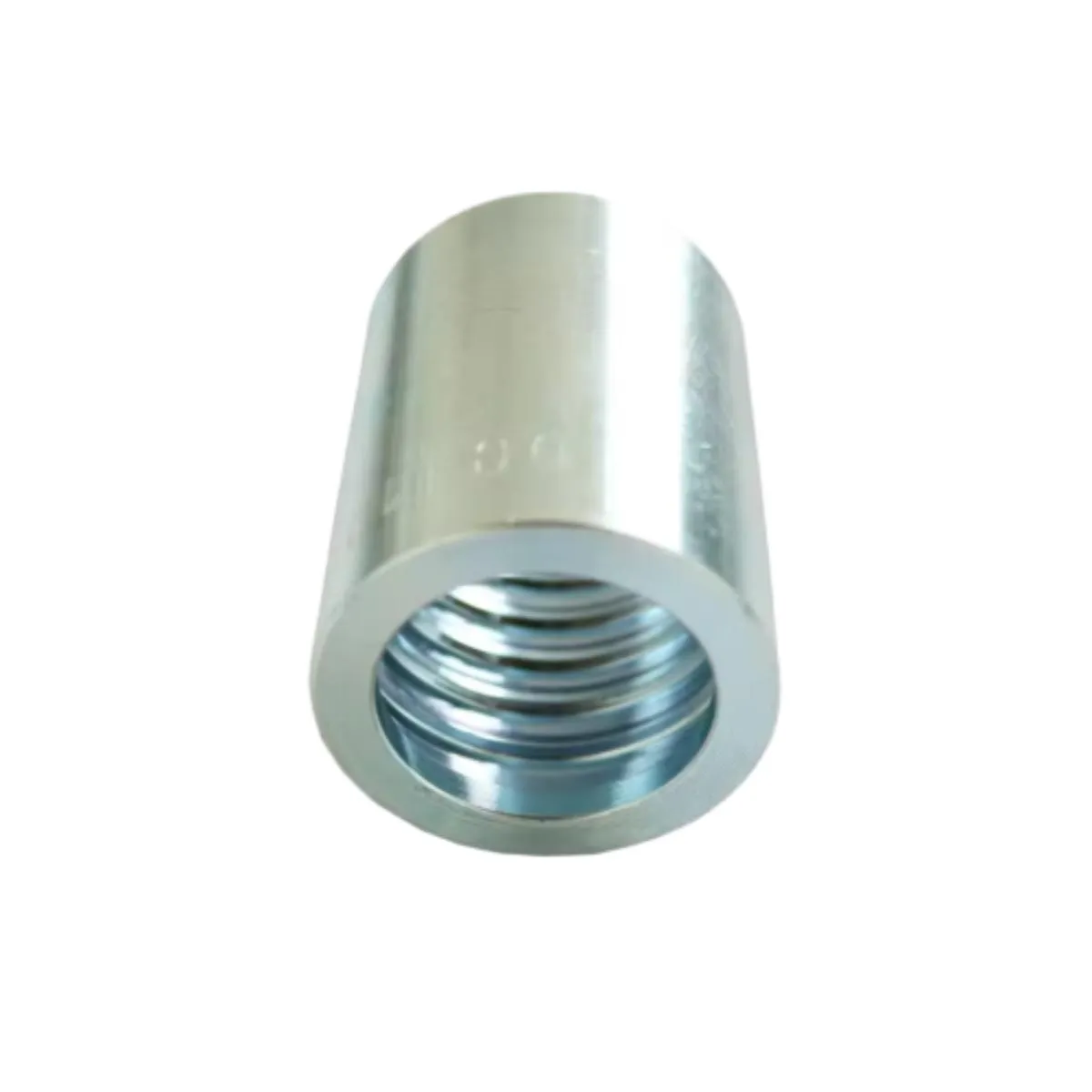10 月 . 07, 2024 00:06 Back to list
hydraulic hose connectors fittings
Understanding Hydraulic Hose Connectors and Fittings An Essential Guide
Hydraulic systems are integral to various industries, from construction machinery to manufacturing equipment. Central to these systems is the hydraulic hose, which transmits fluid under pressure, facilitating motion and power. However, it is the connectors and fittings that play a crucial role in ensuring the functionality and efficiency of hydraulic hoses. In this article, we will explore the different types of hydraulic hose connectors and fittings, their applications, and key considerations for selection and maintenance.
What are Hydraulic Hose Connectors and Fittings?
Hydraulic hose connectors and fittings are components that secure hoses to hydraulic pipes, pumps, cylinders, and other hydraulic equipment. They create a leak-proof and secure junction that allows for the effective transmission of hydraulic fluid. These components come in various sizes, materials, and configurations to suit different applications and pressures.
Types of Hydraulic Hose Connectors
1. Straight Connectors These fittings enable a direct connection between two hoses or between a hose and a machine part. They are commonly used in applications where the hose path is straightforward.
2. Elbow Connectors These connectors allow for a 90-degree bend in hydraulic lines. They are particularly useful in tight spaces where a straight connector would not fit.
3. Tee and Cross Connectors These fittings provide multiple pathways for fluid flow and are essential in complex hydraulic systems where several hoses must converge or diverge.
4. Swivel Connectors Designed to accommodate rotational movement, these fittings prevent hose twisting and kinking. They are ideal for dynamic applications where motion occurs during operation.
5. Quick Connect and Disconnect Fittings These fittings allow for fast, secure connections and disconnections without the need for tools. They are commonly used in situations where equipment needs to be frequently assembled and disassembled.
Materials Used in Hydraulic Hose Fittings
The materials used for manufacturing hydraulic connectors and fittings greatly influence their performance and longevity. Common materials include
- Steel Known for its high strength and resistance to wear, steel fittings are the most common choice for hydraulic systems. They can handle high pressures and are often plated for corrosion resistance.
- Stainless Steel This material is ideal for environments exposed to corrosive substances or where hygiene is important
. Stainless steel fittings offer excellent durability and corrosion resistance.- Aluminum Lightweight and resistant to corrosion, aluminum fittings are suitable for low-pressure applications. They are often used in mobile equipment due to their reduced weight.
hydraulic hose connectors fittings

- Plastic In less demanding applications, plastic fittings might be employed. They are lightweight and corrosion-resistant but are generally limited to lower pressure scenarios.
Key Considerations for Selection
When selecting hydraulic hose connectors and fittings, several factors must be taken into account
1. Pressure Rating Ensure the fittings can handle the maximum pressure in your system. Using under-rated components can lead to catastrophic failures.
2. Compatibility It is crucial to match hose and fitting types to avoid leakage. Always check the manufacturer's specifications for compatibility.
3. Temperature Range Different materials behave differently under temperature fluctuations. Consider the environmental conditions where the hydraulic system operates.
4. Installation Ease Some fittings require specialized tools for installation. If maintenance is a concern, choosing connectors that allow for easy assembly and disassembly can save time and effort.
Maintenance Tips
Regular maintenance of hydraulic hose connectors and fittings is vital to prevent leaks and system failures. Here are some maintenance tips
- Inspect Regularly Frequent visual inspections can help detect wear, rust, or signs of leakage early.
- Tighten Connections Over time, connections may loosen due to vibrations. Regularly check and ensure all fittings are securely tightened.
- Replace Worn Components If you notice any deterioration or damage, replace the affected connectors and fittings promptly to maintain system integrity.
- Cleanliness Keep fittings clean and free from contaminants to ensure a good seal and prevent corrosion.
Conclusion
Hydraulic hose connectors and fittings are vital to the reliability and efficiency of hydraulic systems. Understanding the different types, materials, and considerations for selection helps ensure optimal performance and longevity. With proper maintenance, these components can contribute significantly to the smooth operation of hydraulic machinery in various industries. Investing in quality connectors and fittings is not just a decision for functionality; it is a commitment to safety and efficiency in hydraulic operations.
-
Secure Your Roof with Quality Roofing Nails
NewsNov.04,2024
-
Secure Your Property with Quality Field Fencing
NewsNov.04,2024
-
Enhance Your Space with Quality Mesh Fencing
NewsNov.04,2024
-
Discover the Versatility of Iron Wire for Your Projects
NewsNov.04,2024
-
Discover the Versatility of Common Nails for Your Projects
NewsNov.04,2024
-
Discover Quality Hydraulic Fittings for Your Applications
NewsNov.04,2024









